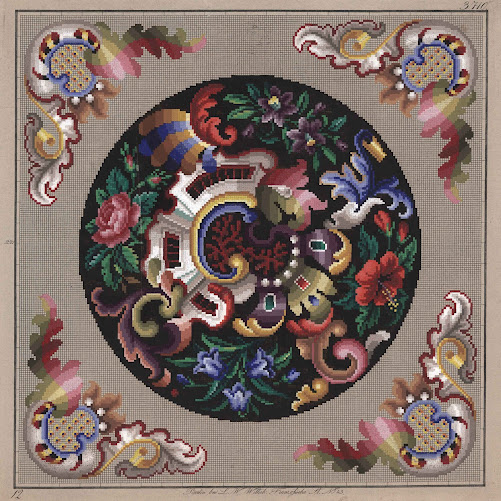Jan Luyken (aka Johannes Luyken;
Jan Luijken) (1649–1712)
“… a great darkness of three days fell over
all the land of Egypt”, c.1700, Illustration to the third volume of David
and Willem Goeree’s (1635–1711) “Mosaize historie der Hebreeuwse
kerke …” (Mosaic history of the Hebrew church …), inserted at page 166 (see
this page and the publication online: https://archive.org/details/ned-kbn-all-00007382-001/page/n230/mode/2up),
published in Amsterdam in 1700.
Etching on laid paper with full margins of
publication and the gatefold of publication flattened with a backing sheet.
Size: (sheet) 32.1 x 37.7 cm; (plate) 28.8 x 36.8
cm; (image borderline) 27.5 x 36 cm.
Lettered in plate: (above the image borderline
at right) “3 Deel P. 166.” (Part 3; Page 166); (below the image borderline): “Moses
zyn hand na den Hemel uitstrekkende, vald een Dikke Duysternis van drie dagen
over gands Egipten-land; maar daar is Ligt in alle de woningen Israels. Exod.
10:22.23.” (Moses stretched out his hand toward Heaven, and a great darkness of
three days fell over all the land of Egypt; but there lies [light] in all the
houses [of the Israelites]. Exodus 10:22-23.)
Van Eeghen 2602 (Pieter van Eeghen &
Johan Philip van der Kellen 1905, “Het werk van Jan en Casper Luyken”,
Amsterdam, Frederik Muller & Co., vol. 2, p. 485, cat. no. 2602).
Van Eeghen (1905) offers the following
description of this print: (transl.) “Scene in a city, where people grope their
way in the darkness or sit despondently, or move slowly in artificial light. In
the background on the left is the country of Goshen, brightly lit by the sun.”
(p. 485; see https://archive.org/details/hetwerkvanjanen01kellgoog/page/484/mode/1up).
Condition: a strong and near faultless
impression. The sheet is in an excellent condition for its large size and
considerable age with the publication gatefold flattened by the sheet having
been laid upon an archival support of millennium quality washi paper.
I am selling this large and visually arresting
dark etching in a superb (museum quality) condition, for AU$274 (currently
US$178.64/EUR165.58/GBP1141.47 at the time of this listing) including postage
and handling to anywhere in the world, but not (of course) any import
duties/taxes imposed by some countries.
If you are interested in purchasing this remarkable
etching showing the artist’s skill and insight to create a discernible image
out of very close dark tones, please contact me
(oz_jim@printsandprinciples.com) and I will send you a PayPal invoice to make
the payment easy.
This print has been sold


















































